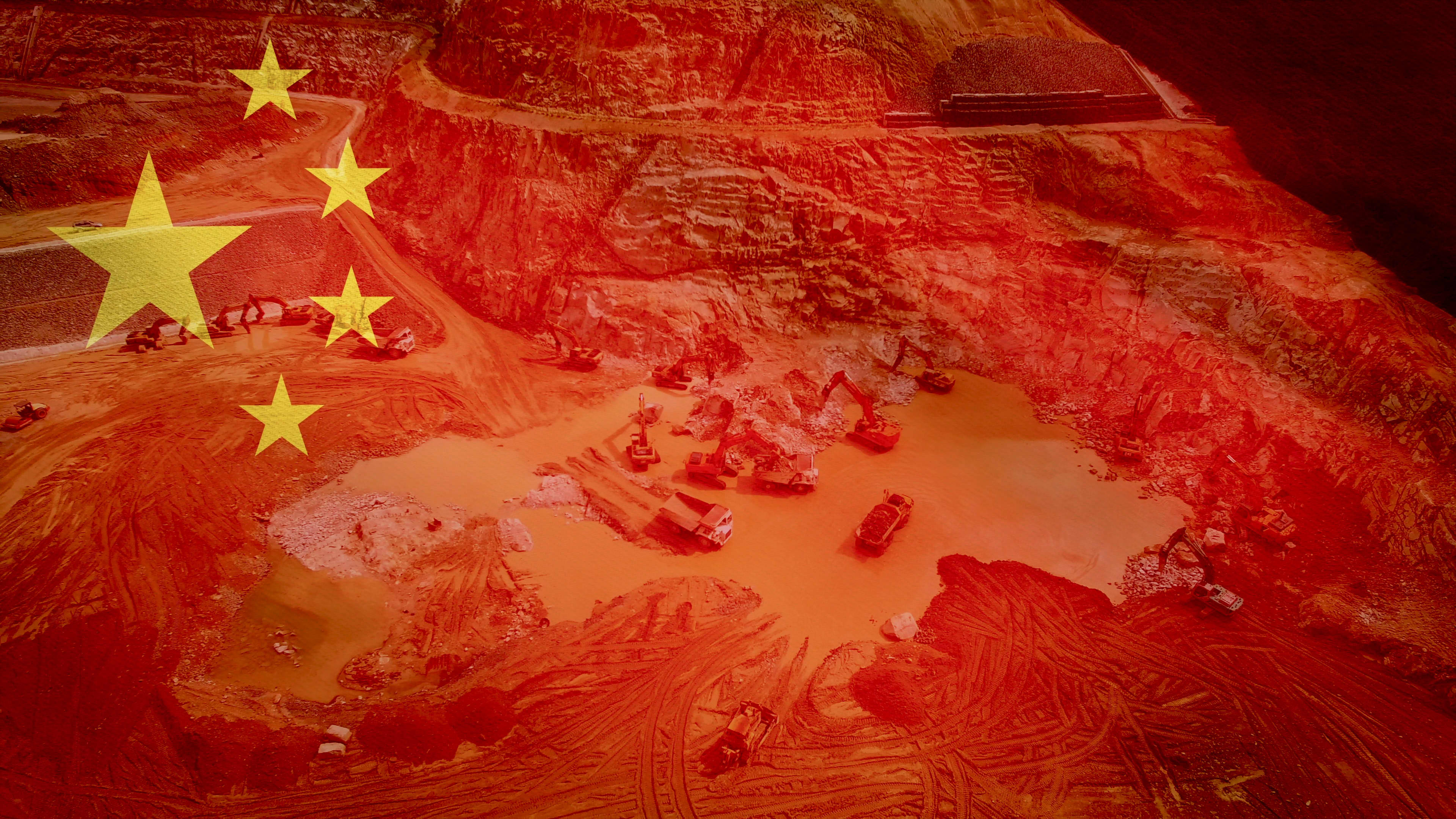Myanmar is home to deposits that tend to have higher heavy rare earth content, David Merriman, research director at Project Blue, told CNBC.
These “ionic adsorption clay” or IAC deposits are exploited through leaching methods that apply chemical reagents to the clay — and that comes with high environmental costs.
According to Merriman, the vast majority of the world’s IAC operations were in Southern China in the early to mid-2010s. But, as Beijing began implementing new environmental controls and standards in the rare earths industry, many of these projects began to close down.
“Myanmar, particularly the North of the country, was seen as a key region which had similar geology to many of the IAC deposit areas within China,” Merriman said.
“You started to see quite a rapid build out of new IAC type mines within Myanmar, essentially replacing the domestic Chinese production. There was a lot of Chinese business involvement in the development of these new IAC projects.”
The rare earths extracted by these IAC miners in Myanmar are then shipped to China mostly in the form of “rare earth oxides” for further processing and refining, Yue Wang, a senior consultant of rare earths at Wood Mackenzie, told CNBC.
